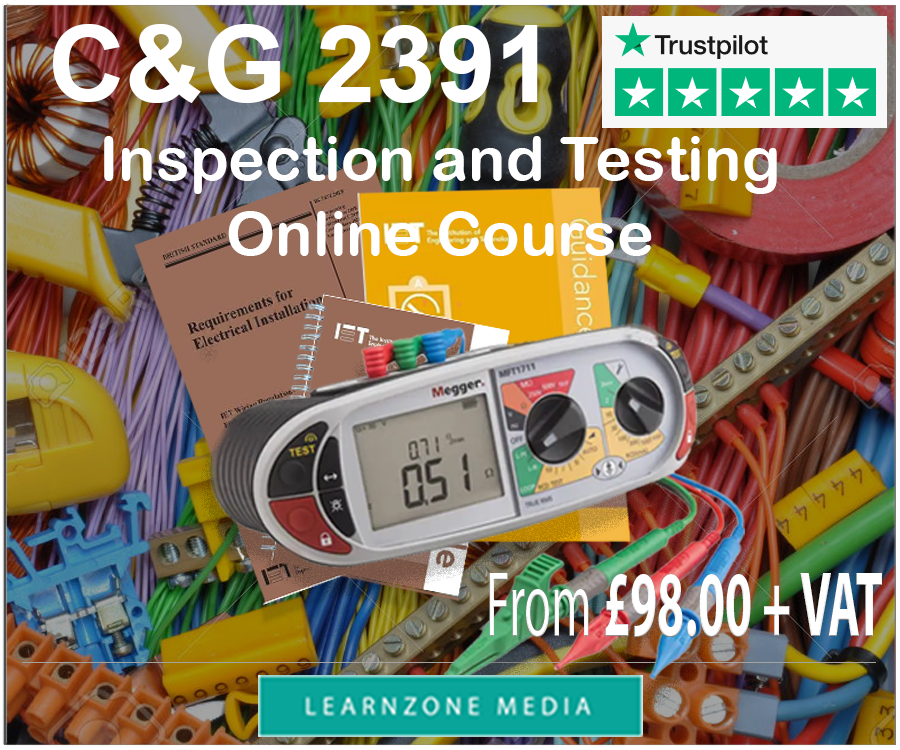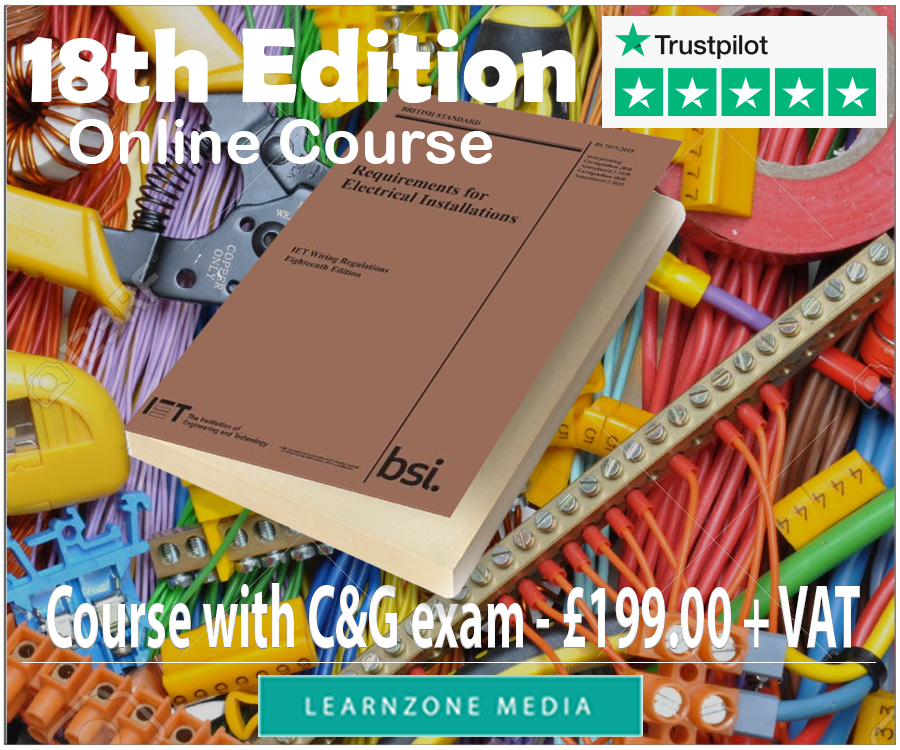Guide To Expenses And Capital Allowances
Expenses
If you are self-employed/sole trader, your business will have certain costs associated with it. Most or all of these costs can be classed as allowable expenses and as such, they can be deducted from your taxable profits.
So, what can be classed as an expense?
Any cost directly associated with running your business can be classed as an allowable expense. These can be anything from advertising costs to diesel costs for your van (proportional to your business use).
You are required to keep records of these costs as well as receipts as proof. For record keeping you could use something simple as a notebook or an Excel spreadsheet, or you could invest in a bookkeeping software, it does not matter as long as you are punctual and honest about your expenditures. A simple Excel spreadsheet suitable for self-employed electricians can be downloaded from here.
So, how do we calculate allowable expenses?
The easiest way to work out your expenses is to separate them to different categories. Let's go through these categories one by one:
Motoring costs
Throughout your business year you have collected and filed all your motoring related costs such as diesel, insurance, repairs etc. You must keep these receipts as proof for expenses purposes.
One way to calculate motoring expenses is to add all these expenses up. Provided that you have solely used your vehicle for business purposes, you can claim 100% of your final figure back. Otherwise you must adjust your final figure in accordance. For example, if you have been using your work van for work 80% of a time and the remaining 20% was for social purposes than you could claim 80% of you final figure back as allowable expenses.
There is however, a simpler and easier way of calculating your motoring expenses, which is recommended to self-employed people.
This involves working out the mileage you have completed for business purposes and calculate the flat rate in accordance with HMRC guidelines:
- first 10000 miles multiplied by 45p
- after 10000 miles multiplied by 25p
Example:
You have completed 13400 miles for your business. 10000 miles equals to 4500 GBP plus the next 3400 miles equals to 850 GBP, which makes your allowable expenses for motoring 5350 GBP.
HMRC calls this method "simplified expenses" and it is explained here (opens in new window) in greater detail.
If you use our Tax Return spreadsheet, the allowable expenses figure for motoring goes to field B20.
Office
As a self-employed electrician you would need to have office related costs, such as office equipment, stationery, business cards, telephone costs, mobile phone costs, internet costs and similar other running costs. Most of these costs you can just ad up and claim back all of it, except for telephone, mobile phone and Internet. For these you could claim back as much as it is proportional to your business usage. For example, if you have used your mobile phone around 75% of a time for business use and your mobile phone bill is 50 GBP, then you could perhaps claim 35 GBP as expenses.
You would need to apply this logic to all other costs that are not solely for your business.
Once you have summed up all the individual figures, you will have the final figure for office costs.
If you use our Tax Return spreadsheet, the allowable expenses figure for motoring goes to field B21.
Advertising
Advertising costs can be claimed back in full since they are solely for your business purposes. Add all the figures up in order to have the final figure for advertising expenses.
If you use our Tax Return spreadsheet, the allowable expenses figure for advertising goes to field B22.
Insurance
Your business will have insurance costs, such as Public Liability insurance. The cost of these can be fully claimed back as allowable expenses.
If you use our Tax Return spreadsheet, the allowable expenses figure for insurance goes to field B23.
Education
Electricians need to keep their knowledge up to date throughout the years. Any costs associated with this can be claimed back in full.
If you use our Tax Return spreadsheet, the allowable expenses figure for education goes to field B24.
Materials
Material costs form a big part of your allowable expenses. The cost of everything you buy from the wholesalers in order to install in to clients premises falls in to this category. This can all be claimed back in full.
If you use our Tax Return spreadsheet, the allowable expenses figure for materials goes to field B25.
Agency costs
As a self-employed electrician you could be working through employment agencies such as Jark or Hays. These agencies can supply you with a steady stream of work, but as well as taking a portion of your earnings from you, they also charge you additional fees such as the one to process payments. These charges and fees can be claimed back in full, so make sure you add them all up as allowable expenses.
If you use our Tax Return spreadsheet, the allowable expenses figure for agency costs goes to field B26.
Clothing
The cost of work trousers, safety boots, any other PPE or work related clothing can be fully claimed back.
If you use our Tax Return spreadsheet, the allowable expenses figure for clothing goes to field B27.
Other costs
Any other costs that do not fall into the above categories can be listed here. As long as they are associated with your business, some or all can be claimed back. If you use our Tax Return spreadsheet, the allowable expenses figure for other costs goes to field B28.





